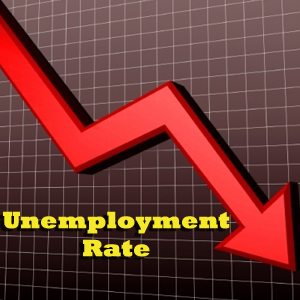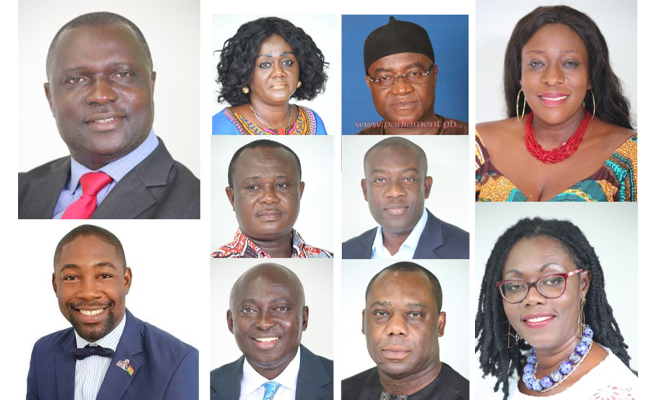Ghana’s overall unemployment rate has declined to 13.1%, down from a peak of 14.9% in early 2023, according to new data from the Ghana Statistical Service (GSS).
But the agency warns that youth unemployment and informal, insecure jobs remain a major challenge.
The figures, captured in the latest Quarterly Labour Statistics Report of the Annual Household Income and Expenditure Survey (AHIES) and released in Accra on Thursday, August 28, 2025, show that 409,000 new jobs were created in the last quarter of 2024 compared to the previous quarter.
Government Statistician Dr. Alhassan Iddrisu said Ghana’s working population—defined as persons aged 15 years and above, now stands at 14.2 million.
While the modest decline signals progress, he cautioned that the gains are fragile.
“Employment is growing, but too many jobs remain informal and insecure. The disparities, especially among young people, are still stark,” Dr. Iddrisu stressed.
The services sector accounted for the largest share of jobs (5.5 million), followed by agriculture (4.8 million) and industry (2.1 million) in 2024.
Despite overall improvements, the report highlighted persistent youth unemployment, with a 32% jobless rate among those aged 15–24 in 2024, 22.5% for the broader 15–35 group, and youth accounting for seven out of every ten unemployed persons.
To address the crisis, Dr. Iddrisu recommended scaling up apprenticeship and placement programmes, aligning TVET reforms with labour market needs, and expanding access to affordable credit for small businesses.
He also called on the private sector to provide structured internships and entry-level opportunities, while urging development partners to invest in rural job creation and scalable youth employment initiatives.
“Addressing youth and long-term unemployment, bridging regional disparities, and formalising informal work must remain urgent national priorities,” he added.
Source: Myxyzonline.com





